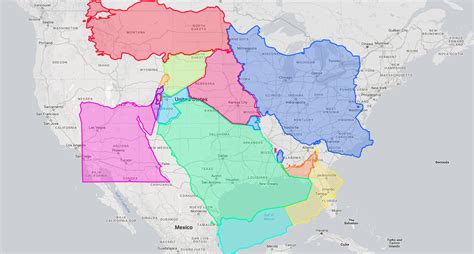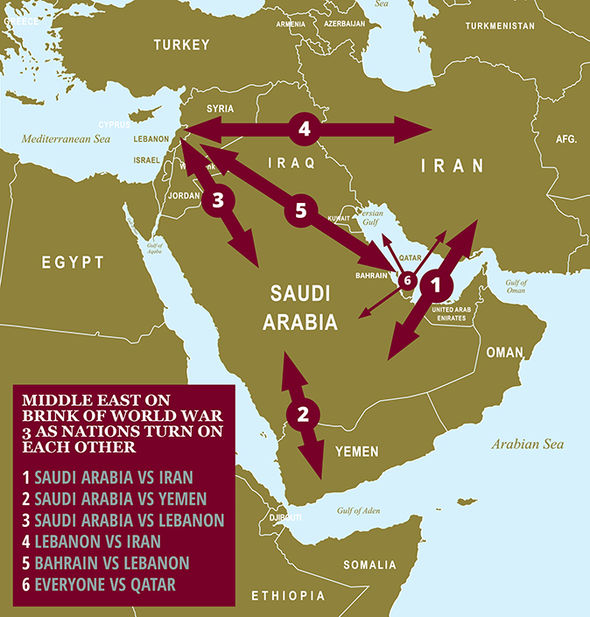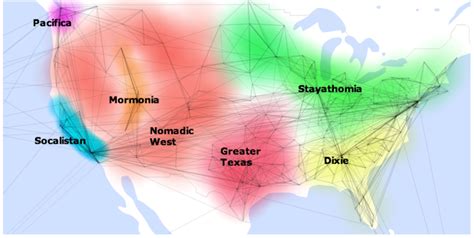The United States In The Middle East

The United States has had a complex and multifaceted presence in the Middle East for decades, with its involvement in the region influenced by a variety of strategic, economic, and ideological factors. From the early 20th century, when the U.S. first began to take an interest in the region's oil resources, to the present day, American policy in the Middle East has been shaped by a mix of competing priorities, including the need to secure energy supplies, contain the spread of communism, promote stability and security, and advance democratic values and human rights.
One of the key drivers of U.S. involvement in the Middle East has been the region's vast oil reserves, which have been crucial to the global economy. The U.S. has long recognized the importance of maintaining access to these resources, and has accordingly sought to build alliances with oil-producing states, such as Saudi Arabia, and to prevent the domination of the region by hostile powers, such as Iran. This has led to a significant U.S. military presence in the region, with bases and personnel stationed in countries such as Bahrain, Qatar, and the United Arab Emirates.
Key Points
- The U.S. has a long history of involvement in the Middle East, driven by strategic, economic, and ideological interests.
- Access to the region's oil resources has been a key priority, with the U.S. seeking to maintain alliances with oil-producing states and prevent hostile powers from dominating the region.
- The U.S. has a significant military presence in the Middle East, with bases and personnel stationed in several countries.
- U.S. policy in the region has been shaped by a mix of competing priorities, including the need to promote stability and security, advance democratic values and human rights, and contain the spread of extremism.
- The U.S. has faced significant challenges in the Middle East, including the rise of Iran, the conflict in Syria, and the threat posed by extremist groups such as ISIS.
U.S. Policy in the Middle East: Historical Context

The U.S. first became involved in the Middle East in the early 20th century, when the region’s oil resources began to be exploited. The U.S. initially focused on building alliances with oil-producing states, such as Saudi Arabia, and on promoting stability and security in the region. However, the U.S. also sought to contain the spread of communism, and to prevent the Soviet Union from gaining a foothold in the region. This led to a series of proxy wars and covert operations, as the U.S. sought to undermine Soviet influence and promote its own interests.
The Cold War and the Middle East
The Cold War had a profound impact on the Middle East, as the U.S. and the Soviet Union competed for influence and allies in the region. The U.S. provided significant economic and military aid to its allies, such as Israel and Jordan, while the Soviet Union supported leftist and nationalist movements in countries such as Egypt and Syria. The U.S. also sought to promote stability and security in the region, through initiatives such as the Eisenhower Doctrine, which pledged to provide military and economic aid to countries threatened by communism.
| Country | U.S. Aid (1950-1960) |
|---|---|
| Israel | $1.1 billion |
| Jordan | $500 million |
| Egypt | $200 million |
| Syria | $100 million |

Modern U.S. Policy in the Middle East

In recent years, U.S. policy in the Middle East has been shaped by a range of factors, including the rise of Iran, the conflict in Syria, and the threat posed by extremist groups such as ISIS. The U.S. has sought to promote stability and security in the region, through initiatives such as the formation of a coalition to combat ISIS, and the provision of military and economic aid to allies such as Israel and Jordan. However, the U.S. has also faced significant challenges, including the rise of anti-American sentiment in countries such as Iran and Syria, and the threat posed by extremist groups such as al-Qaeda and Hamas.
The Iran Nuclear Deal
The Iran nuclear deal, also known as the Joint Comprehensive Plan of Action (JCPOA), was a landmark agreement reached in 2015 between Iran, the U.S., and several other countries. The deal imposed significant restrictions on Iran’s nuclear program, in exchange for the lifting of economic sanctions. However, the deal was highly controversial, with some critics arguing that it did not do enough to prevent Iran from developing nuclear weapons, and others arguing that it was a necessary step towards promoting stability and security in the region.
The U.S. withdrawal from the JCPOA in 2018 was a significant development, with the U.S. reimposing sanctions on Iran and seeking to negotiate a new agreement. However, the move was widely criticized, with many arguing that it would undermine the stability of the region, and increase the risk of conflict between the U.S. and Iran.
What are the main drivers of U.S. policy in the Middle East?
+The main drivers of U.S. policy in the Middle East are strategic, economic, and ideological interests. The U.S. seeks to maintain access to the region's oil resources, promote stability and security, and contain the spread of extremism.
What is the significance of the Iran nuclear deal?
+The Iran nuclear deal was a landmark agreement that imposed significant restrictions on Iran's nuclear program, in exchange for the lifting of economic sanctions. The deal was widely seen as a necessary step towards promoting stability and security in the region, but its implementation and consequences remain highly contested.
What are the implications of the U.S. withdrawal from the JCPOA?
+The implications of the U.S. withdrawal from the JCPOA are significant, with many arguing that it will undermine the stability of the region, and increase the risk of conflict between the U.S. and Iran. The move has been widely criticized, with many arguing that it will have negative consequences for the region and the world.
In conclusion, the United States has a complex and multifaceted presence in the Middle East, driven by a range of strategic, economic, and ideological interests. While the U.S. has faced significant challenges in the region, including the rise of Iran and the threat posed by extremist groups, it remains committed to promoting stability and security, and to advancing democratic values and human rights. As the region continues to evolve, it is likely that the U.S. will face new challenges and opportunities, and will need to adapt its policy accordingly.



